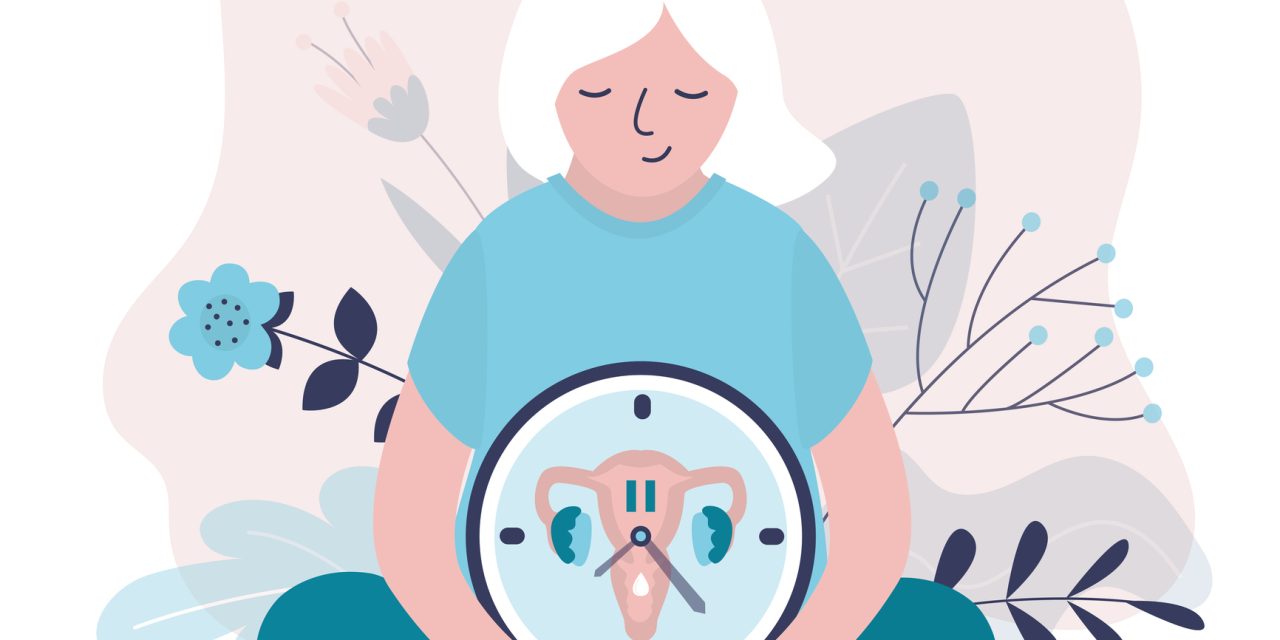Little is known about the mechanisms of IL-17 secreting T cells accumulation in HBV-transfected livers. Here, we investigated the role of the chemokines CCL17, CCL20, and CCL22 in this process.
Peripheral blood and liver tissues were obtained from 30 CHB patients and 15 healthy volunteers and were evaluated by flow cytometric analysis and immunohistochemistry. Chemokine production by MoDCs cocultured with HBV-transfected or untransfected Huh7 cells was measured by qPCR and ELISA. The chemotactic activity of the culture supernatants was also tested.
The proportions of IL-17 secreting CD4 (Th17) and CD8 (Tc17) T cells were both increased in liver and PBMCs of CHB patients compared to those in HVs. CHB patients showed higher intrahepatic levels of CCL17 mRNA, CCL22 mRNA, CCR6 mRNA and CCR4 mRNA than HVs. The expression of CCR6 and CCR4 on the surface of Th17 and Tc17 cells in CHB patients was also significantly higher than that in HVs. Significant correlations existed between the CCR4/CCR6 levels and both the ALT levels and HBV DNA loads. Contact between MoDCs and pBlue-HBV-transfected Huh7 cells induced the expression of CCL17 and CCL22 dependent on the dose of HBV DNA. However, CCL20 expression was lower in CHB patients than in HVs. Transwell experiments showed that upregulation of CCL17 and CCL22 enhanced the migration of IL-17 secreting T cells.
Contact of HBV-transfected cells with MoDCs induces CCL17 and CCL22 chemokine production, which may favor the recruitment of Th17 and Tc17 cells to liver tissue in CHB. Our results reveal the mechanism of IL-17 secreting T cells recruitment to liver tissue and thus provide new immunotherapy targets for CHB patients.
This article is protected by copyright. All rights reserved.
HBV Promotes the Recruitment of IL-17 secreting T cells via Chemokines CCL22 and CCL17.


